5 Basic Home Fire Safety Measures and Strategies
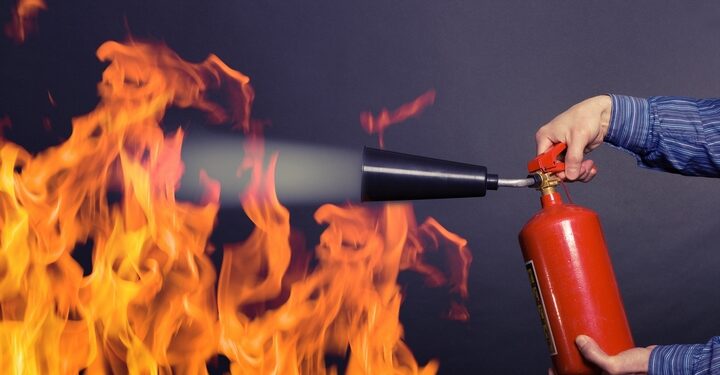
It’s never too early to prepare everyone in your home for emergencies. Practicing prevention and essential safety tips in and around the house, plus what to do in case of an emergency, are crucial information that can help you and your family get to safety.
The first thing to get rid of is the complacent mentality. Disasters can strike at any time, and being prepared is the way out. Use basic home fire safety measures on fire prevention and fire safety. Take initiative to make sure everyone is safe and away from danger.
Here are five basic home safety measures:
1. Cooking safety measures
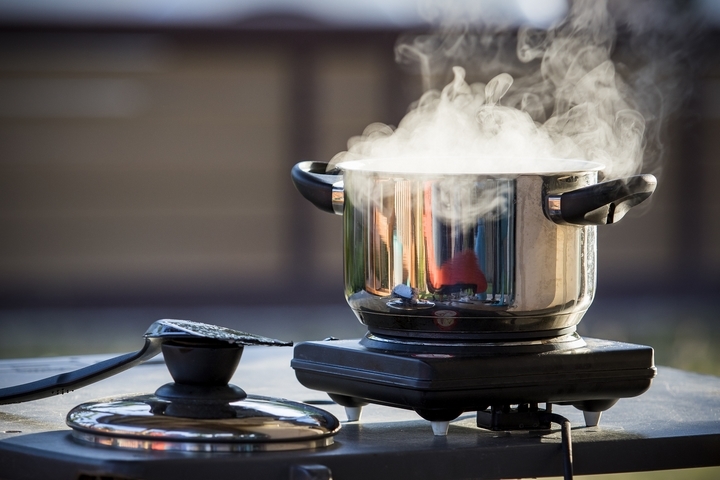
When cooking, the first thing you shouldn’t do is leave something frying, grilling, sauteing, boiling or broiling unattended, especially if you’re using an open flame like the fire on a stove.
Even if you use an oven or an air fryer for cooking your meals, it’s always a good idea to check on them intermittently. Keep any flammable objects away from the stovetop. A good measure is to keep it a minimum of 3 feet away.
2. Home heating safety measures
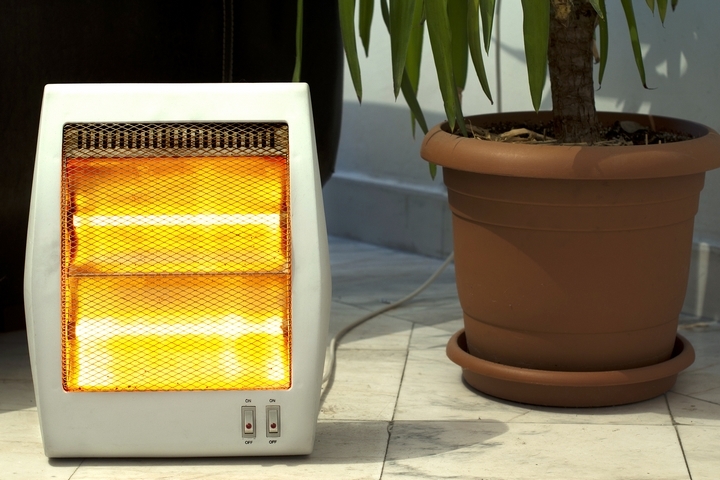
Space heaters have come a long way. Many new models now are built with safety features such as shutting off automatically when tipped when it falls over. That said, do your due diligence and always place heaters on level, nonflammable surfaces.
Just like an open flame on the stove, space heaters and a fireplace should not be left unattended. Never leave home while your space heater is switched on and put out the fire, and extinguish the embers in the fireplace too.
3. Other basic fire safety measures
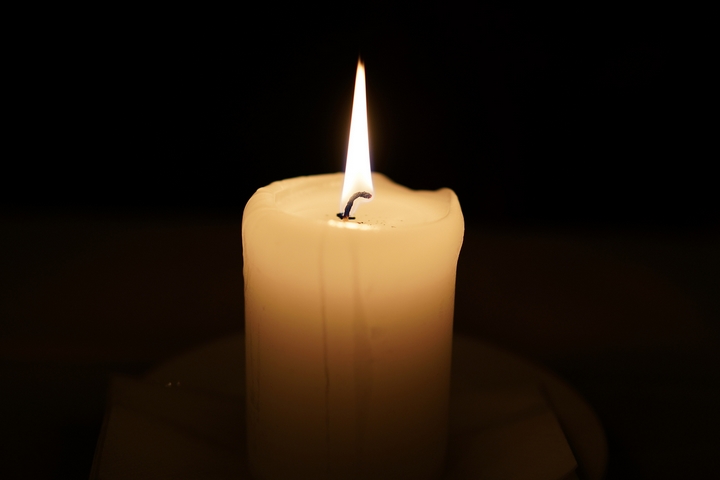
One of the leading causes of domestic fire is smoking. Next comes candles. If you are using candles, never leave them unattended and be sure to extinguish them before leaving a room. Never smoke indoors- it’s harmful to other members in the home, and cigarette butts can cause fires if not put out properly.
Check all electrical cords and wires. If you can see the bare or frayed wires, replace them immediately. Never overload electrical extension cords and plug points and only use electrical equipment at its recommended capacity.
Keep lighters and matches away from children in a safe and secure place unreachable by tiny hands.
4. Install smoke alarms

Smoke alarms do not prevent fires, but they are critical in giving you early warnings. Most states require them by law in the home because the most important reason for having a smoke alarm is for everyone in the house or building to escape safely and call emergency services in good time.
The placement and maintenance of smoke detectors are critical too. It is a crucial element in ensuring their value and effectiveness in the home. Smoke alarms should be installed depending on how big a home is. One of the main places to install a smoke alarm would be at least 10 feet away from the kitchen. This is to prevent false alarms. Next, make sure that each floor has a smoke alarm and that the basement has one too.
Smoke detectors should be placed on the ceiling or high up on walls nearest to the ceiling. If someone is deaf or hard of hearing at home, make sure that you install smoke alarms that have strobe light functions and bed shakers.
Make sure to test your smoke alarms at least once a month and change the alarm’s batteries at least once a year. Smoke alarms that are ten years and older should be wholly replaced.
5. Create a home fire escape plan
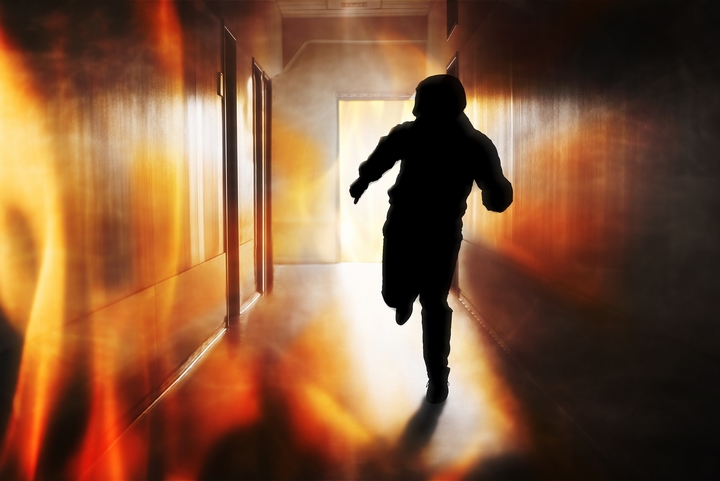
Have at least two ways out of each room, and make sure all doors and windows can be opened easily from inside. Build an escape plan that includes secondary routes to get outside, designated meeting spaces and preventive measures such as using the stairs instead of the elevator.
Make sure to practice this escape route at least twice a year. Children must also be taught fire preventive measures and fire safety and what to do if there is fire. Make a list of emergency contacts, teach them the ‘stop, drop and roll’ method if they catch fire, crawl low to the floor, and not hide during a fire.
Finally, it’s also prudent to check door handles, gates, doorknobs and railing to make sure they can be opened and closed from the inside and enable a quick escape to the outside if needed.


